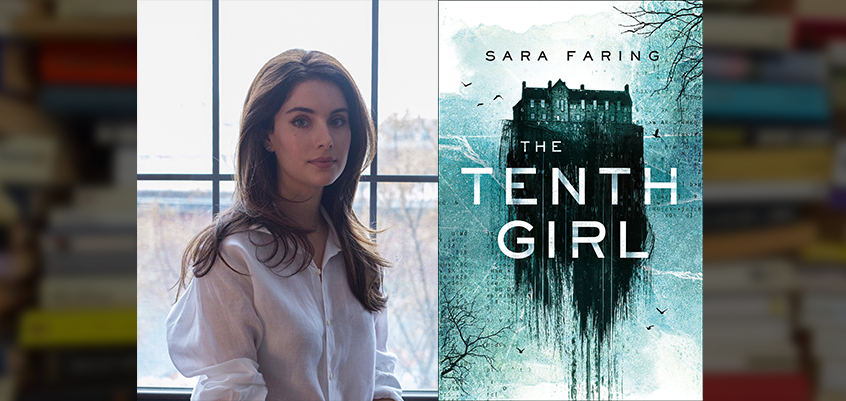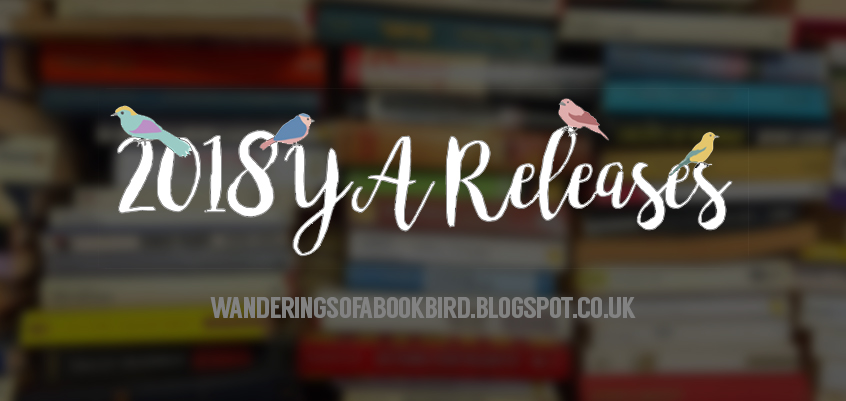Editor’s Note: Irena Brignull generously offered to write a guest post for Fictionist. The following article was written by her and sent to us by her agent, and has only been edited for spelling and grammar.
A few years ago, I had an idea for a story — two babies switched at birth becoming two teens searching for identity. There would be magic, love, betrayal and it would be set in two worlds — the one we all know and reside in, and another, unknown but out there in the forest where a group of women live, without men, without technology. We call them witches. They call us chaffs. I called this story The Hawkweed Prophecy.
I am a screenwriter, so the obvious move was to pitch this idea as a script. But I hesitated. I’d just finished working on The Little Prince, a movie that I love. As is typical, it had taken years of collaboration, debate, compromise and drafts, after which I’d sat back and waited to see what the director, cast and crew had made of it. I’d played my part: my job was done. But with The Hawkweed Prophecy, I wanted it to be different. I wanted to go it alone and see it through.
So I began to write a novel — no deadline, no nice script fee, but also, no notes. It was exciting. I could describe any or every detail I chose. In a screenplay, you set a scene succinctly. The camera does the rest. You have dialogue, you have action, and you have actors. In a novel, my words would paint the pictures. I could even go into my characters heads and describe their inner thoughts. Like this…
“Spells where whirring inside Raven’s head, the kind that bubble with rage and desperation, and she had to use her breath to quell them.”
Most of all, I wasn’t tied to the structure that is so all-important in a screenplay. I felt free. I was heading into uncharted territory, finding my way, finding myself.
By the end of the day, I’d written one page. It was good. It just wasn’t much. By the end of the week, I was lost. Perhaps I needed that structure after all. Soon, I returned to more of my script writing training. Less is more. Don’t tell, show. When to come into a scene, when to get out. When to pick up the pace, when to let the story breathe. Maybe this stuff was for all writing and not just screenplays? Maybe I didn’t need to find myself after all?
Four hundred pages later, I finally finished my solo venture. When my publishers came on board, I was overjoyed to join them. They turned The Hawkweed Prophecy and now its sequel, The Hawkweed Legacy, into books. The film and TV rights have now been optioned, and though I hope this story will become a screenplay one day, I’ll always be happy it got to be a novel first.
Here are some writing tips for novels and screenplays if you are looking to hone your craft:
Storytelling:
Whether I’m writing a novel or a screenplay, I’m storytelling. Picking my words and ordering my thoughts is the best way I can engage with my audience.
My way:
We all have books and movies we admire, but we need to tell our own in our way. Don’t mimic other writers and genres. Your voice is unique.
Look for a detail:
When I’m stuck for a way into a scene, I try and find the tiniest thing to connect me. It’s usually something sensory – a sound, smell, sight, texture. A close-up. This makes the moment feel real and if it’s real, it feels true. And if it’s true, it feels personal.
Give them flaws:
I try and make all my characters flawed, especially the heroes and heroines. And the villains shouldn’t be all bad either.
Character driven plot:
If your characters aren’t three dimensional, your plot won’t be convincing. I work with a pre-planned, loose storyline, but I know when my story is working when the characters take over and forge their own paths.
Choices:
I see dialogue and action as a choice on the part of the character, even if it’s an unconscious one. So even the things they don’t mean to say or do reveal something about them.
Dramatic tension:
Look for the friction between what characters want and what they’re getting; between what they say and do, and what they feel; between what they know and don’t know; between what the audience knows and the characters don’t.
Re-writing:
I work harder at editing than I do writing. There are plenty of stories in the world. It’s how you tell them that counts.


